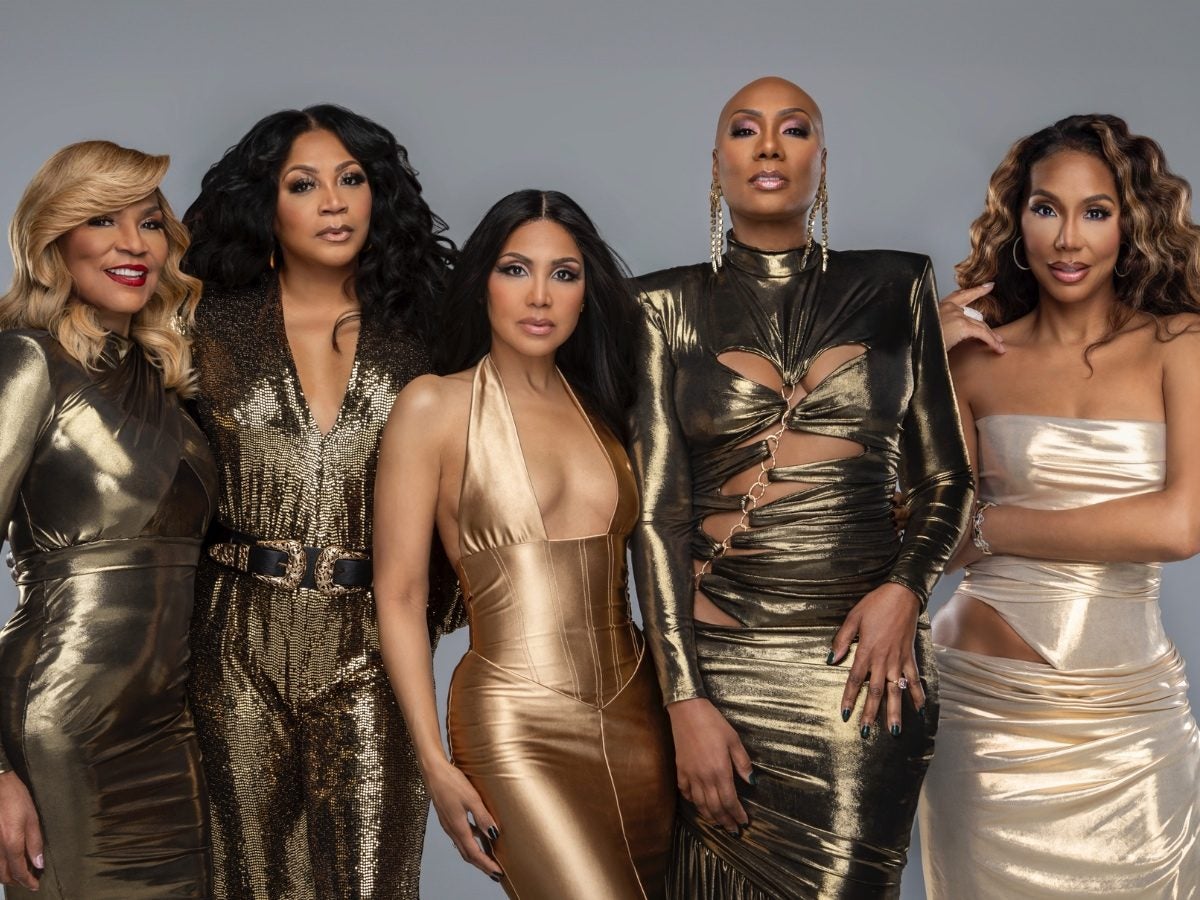deerstalker
https://www.blackenterprise.com/report-black-gen-z-millenials-live-dating/
When it comes to finding that special someone, face-to-face dating is the preferred approach being used by young singles now instead of solely online dating.
That was among the discoveries in a recent report by Eventbrite that examined the transition from online to offline dating, including related data for Black Gen Z and millennial singles courting.
The event management firm’s analysis included polling 1,001 respondents to understand today’s dating picture. In all, 20% of Black Americans were surveyed.
A top finding revealed that a robust 69% of those surveyed felt somewhat or very happy after meeting someone in person they might want to date in the future.
For Black Americans, 60% prefer in-person dating because it feels more genuine, while 68% enjoy meeting people face-to-face. And 72% of them want to do something both people on the date enjoy, stressing the importance of shared interests in building genuine connections.
The report indicated younger generations face many challenges with online dating, including finding someone who shares their interests. Safety is another big concern, with 35% of Black respondents saying it is one of their top worries when meeting someone online.
Overall, respondents disclosed favoring in-person dating as they feel it reduces the risk of someone hiding their “true identity.”
Dating expert Maxine Williams, founder of We Met IRL, shared by email to BLACK ENTERPRISE that the report’s most interesting data point was that 26% of Black Americans who are optimistic about dating in the future believe there are plenty of places to meet other singles. “That’s actually a high number considering the negative stigma around dating lately, especially in the Black community.”
She added that Eventbrite reported that over half (52%) of Black Americans find that one of the biggest challenges of online dating is connecting with others who share their interests. She explained just like other groups of people, Black Americans are interested in connecting with others of shared interest because it really helps to find common ground when you’re dating someone.
“To have something in common with the person you’re getting to know is a great stepping stone to scheduling future dates and having conversations about things that you’re both passionate about.”
Hoping to build authentic connections, the research showed that Gen Z and millennials are moving away from usual hangouts, such as bars, to socialize. It uncovered that Black singles are most likely to meet their next love match at music festivals or social clubs. Exploring the outdoors (42%) and coffee shops (36%) were the top two preferred “third spaces” for Black singles to meet someone in person.
Further, 66% of Black respondents prefer being sober on a first date, and 65% prefer intimate settings as the ideal first date location.
So, what other factors could be fueling the transition from URL (online) to IRL (in real-life dating)?
Williams says there could be several reasons for what has happened in the past five years. She stated that the pandemic shined a huge light on the fact that face-to-face interaction is very valuable.
She noted that the isolation imposed during the pandemic made that extremely clear to others, so the idea of finding your potential significant other through a screen is just not as appealing as it used to be.
She added. “Everything that’s new eventually loses its charm: dating apps have been around for over 15 years in some shape or form, and we’re getting to a point where people are looking for something else.”
Read more details from the report here.



